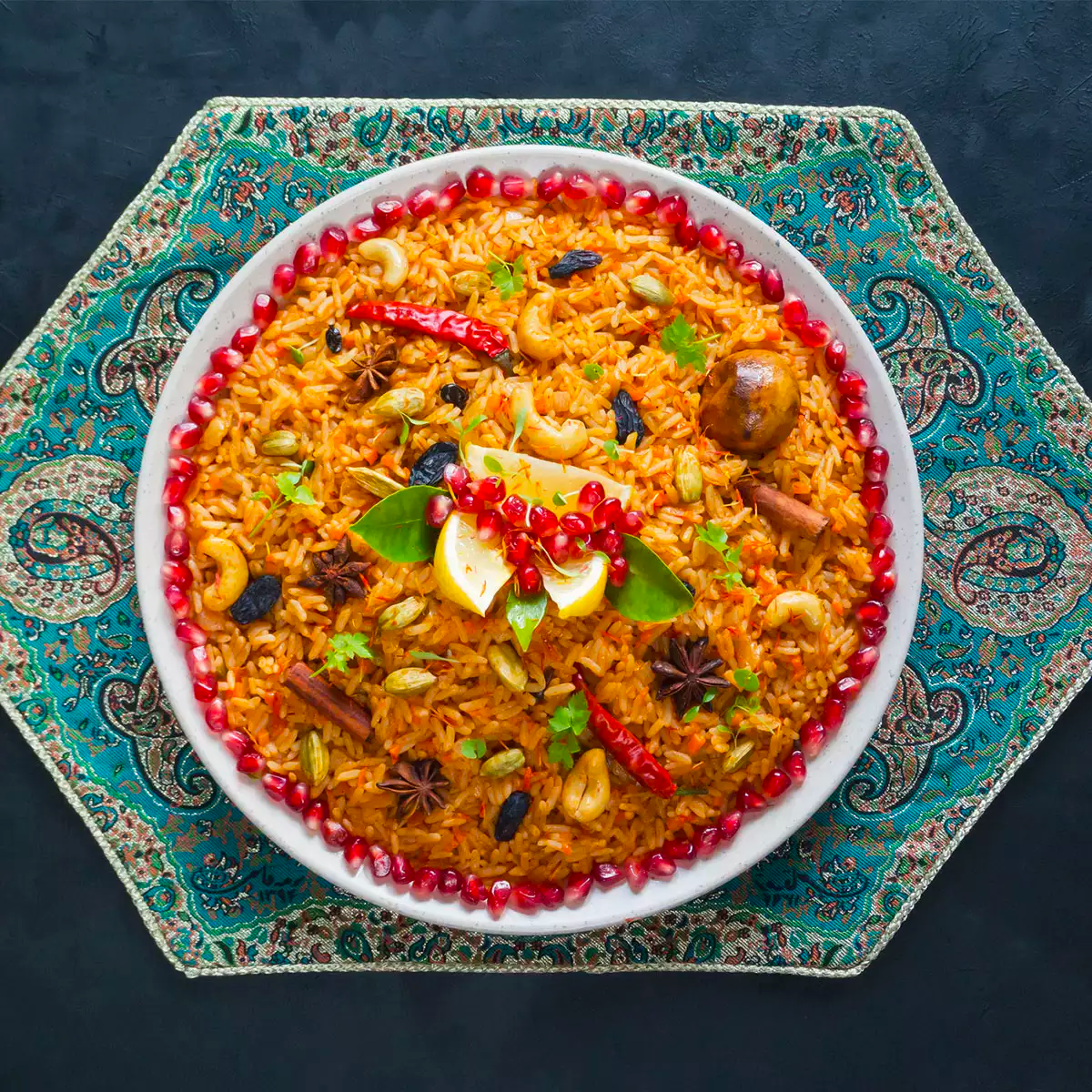
Tehri was originally concocted by kings in northern India as a vegetarian equivalent to the Mughals' mutton or chicken biryani. This modern-day version has deliciously soft sweet vegetables and flavorful long-grain rice. Serve with chilled yogurt and spicy curry on the side.
There are many types of biryani, whose names are often based on their region of origin. For example, Sindhi biryani developed in the Sindh region of what is now Pakistan, and Hyderabadi biryani developed in the city of Hyderabad in South India. Some have taken the name of the shop that sells it, for example: Haji Nanna Biriyani in Old Dhaka, Fakhruddin Biriyani in Dhaka. Lucky biryani in Bandra, Mumbai and Baghdadi biryani in Colaba, Mumbai. Biryanis are often specific to the Muslim communities where they originate; they are usually the defining dishes of those communities.
Once a dish for royalty, today the biryani reflects local sensibilities and traditions and is a popular and common dish.
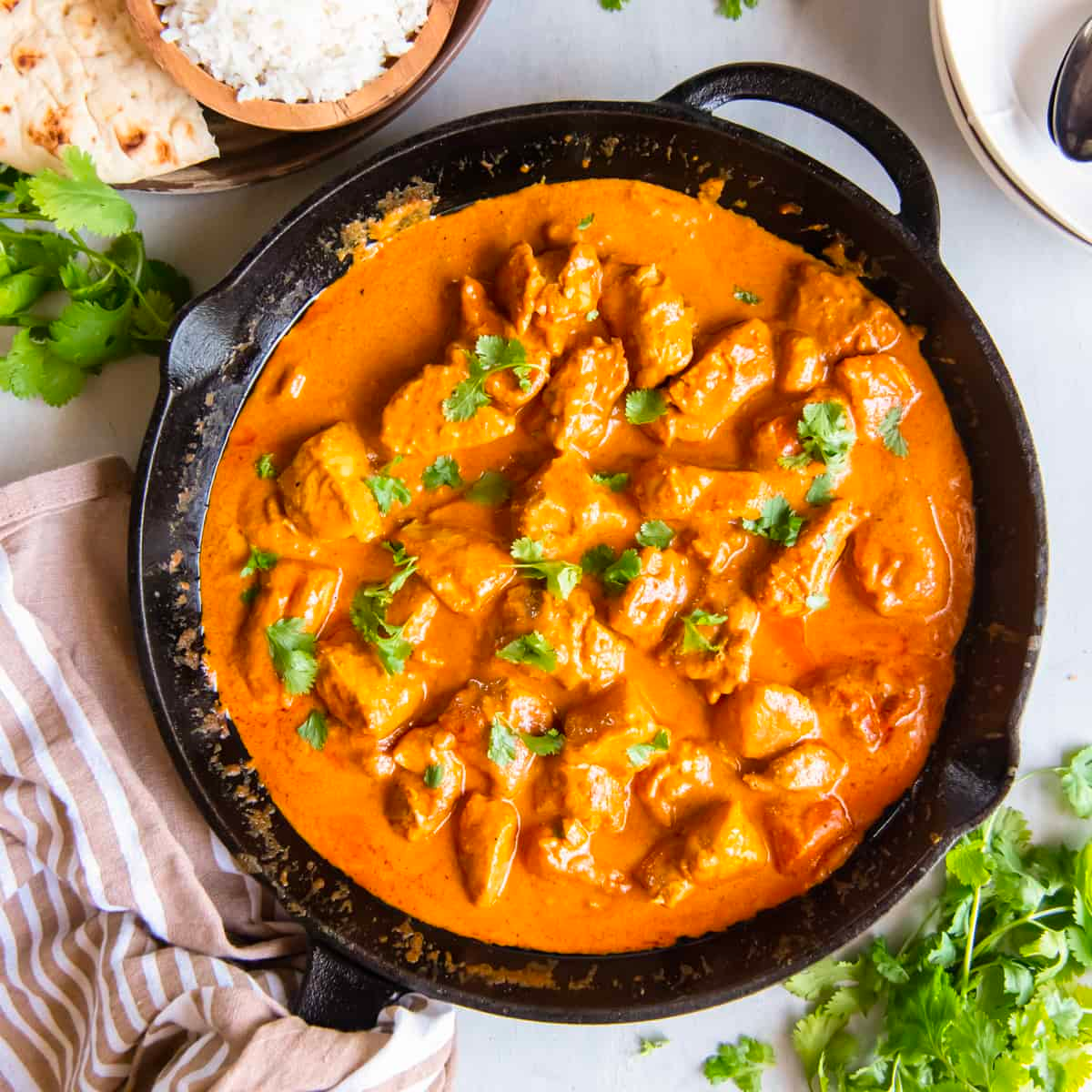
The curry was developed at the Moti Mahal restaurant in the Daryaganj neighbourhood of Old Delhi in the 1950s, after the Partition of India by Kundan Lal Jaggi and Kundan Lal Gujral, who were both Punjabi refugees from Peshawar. The curry was made "by chance" by mixing leftover tandoori chicken in a tomato gravy, rich in butter (makhan). In 1974, a recipe was published for "Murgh makhanii (Tandoori chicken cooked in butter and tomato sauce)". In 1975, the English phrase "butter chicken" curry first appeared in print, as a specialty of the house at Gaylord Indian restaurant in Manhattan. In Toronto and the Caribbean, it can be found as a filling in pizza, poutine, wraps, roti, or rolls, while in Australia, and New Zealand, it is also eaten as a pie filling. The curry is common in India, Pakistan, and many other countries where a South Asian diaspora is present.
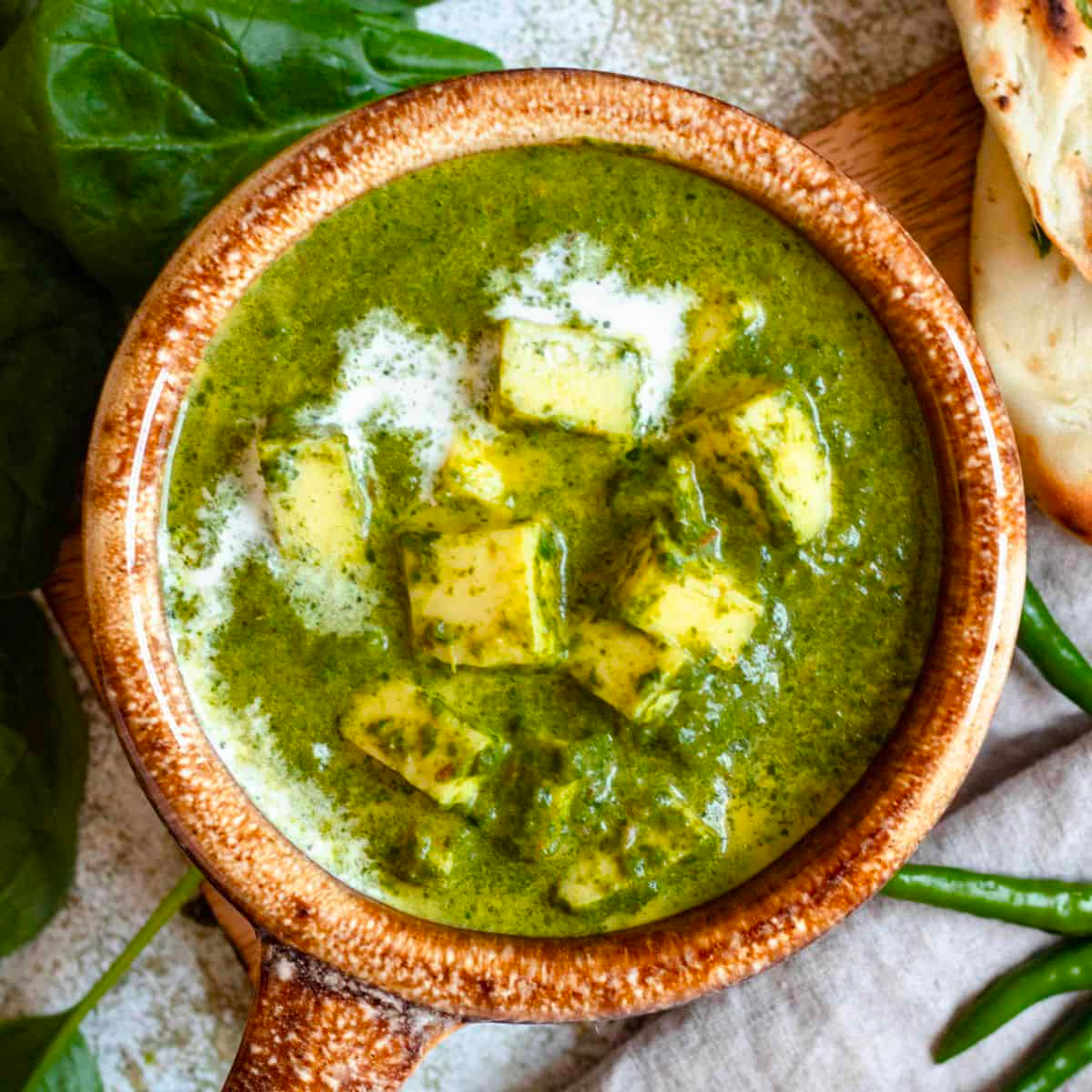
Palak paneer consisting of chhena or paneer in a thick paste made from puréed spinach, called palak in Hindi, Marathi, Gujarati, and other Indian languages. The terms palak chhena and saag chhena are sometimes used interchangeably in restaurants in the Anglosphere. However, saag chhena is different from traditional palak chhena in that it contains other green leafy vegetables, such as mustard greens, whereas palak paneer only contains spinach. Dhaba restaurants often specialize in palak chhena.
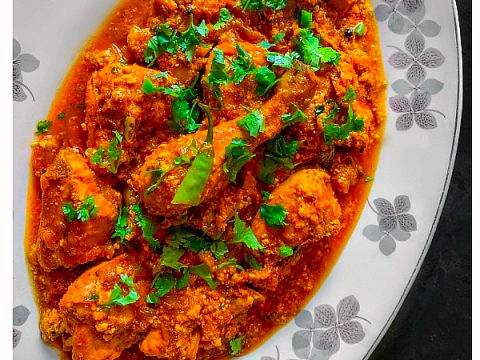
Korma has its roots in the Mughlai cuisine of the Indian subcontinent. A characteristic Mughal dish, it can be traced back to the 16th century and to the Mughal expansion into South Asia. Kormas were often prepared in the Mughal court kitchens, such as the famous white korma, perhaps garnished with vark, said to have been served to Shah Jahan and his guests at the inauguration of the Taj Mahal. Classically, a korma is defined as a dish where meat or vegetables are braised with yogurt or stock. The technique covers many different styles of korma. The flavour of a korma is based on a mixture of spices, including ground coriander and cumin, combined with yogurt kept below curdling temperature and incorporated slowly and carefully with the meat juices. Traditionally, this would have been carried out in a pot set over a very low fire, with charcoal on the lid to provide all-round heat. A korma can be mildly spiced or fiery and may use lamb, goat meat, chicken, beef or game; some kormas combine meat and vegetables such as spinach and turnip. The term shahi (English: royal), used for some kormas, indicates its status as a prestige dish, rather than an everyday meal, and its association with the court.
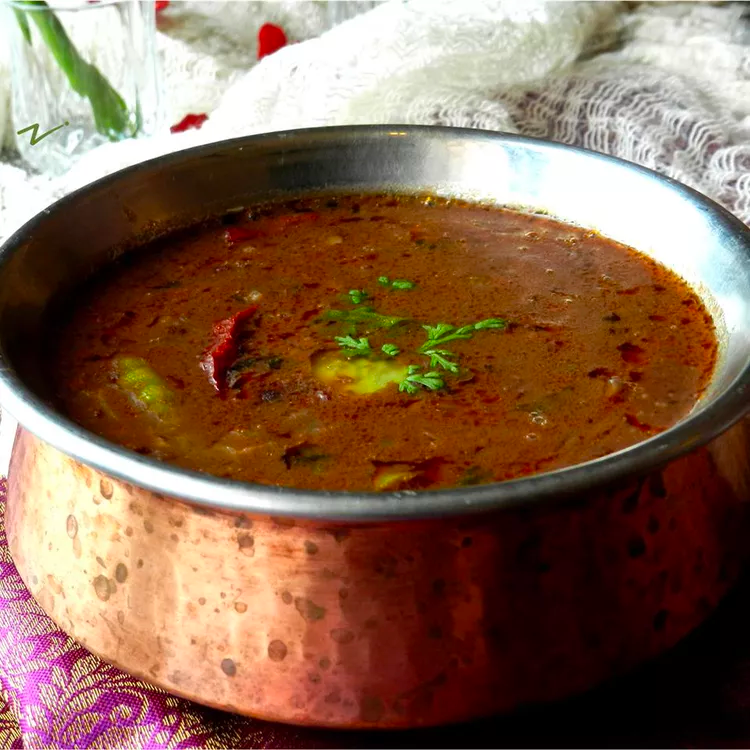
Dal makhani is a buttery, creamy, and downright delicious dish that has captured the hearts (and stomachs) of Indian food lovers around the world. Made with black lentils slow-cooked with butter and cream, this dish is the ultimate comfort food. It's like a warm hug in a bowl or a cosy blanket on a chilly day. Whether you're enjoying it with some rice, naan bread, or just a spoon, there's no denying the irresistible allure of dal makhani. Believe it or not, the origins of dal makhani can be traced back to the Mughal era, which spanned from the early 16th century to the mid-19th century. During this time, the Mughal emperors were known for their lavish lifestyles, extravagant palaces, and, of course, their love for good food. It is said that the dish that inspired dal makhani was actually a simpler dish called kali dal, which was made with black lentils and basic spices. But when the Mughal emperors tasted kali dal, they were underwhelmed. They wanted something richer, creamier, and more indulgent. That's where the magic of dal makhani began. It is believed that an inventive chef (or chefs) decided to add butter and cream to the lentils, and voila! A star dish was born. It was so popular that it became a staple in the royal kitchens and was often served to important guests and dignitaries. But it wasn't just the Mughals who were fans of dal makhani. As the dish gained popularity, it made its way to other parts of India and became a beloved comfort food for people of all backgrounds.